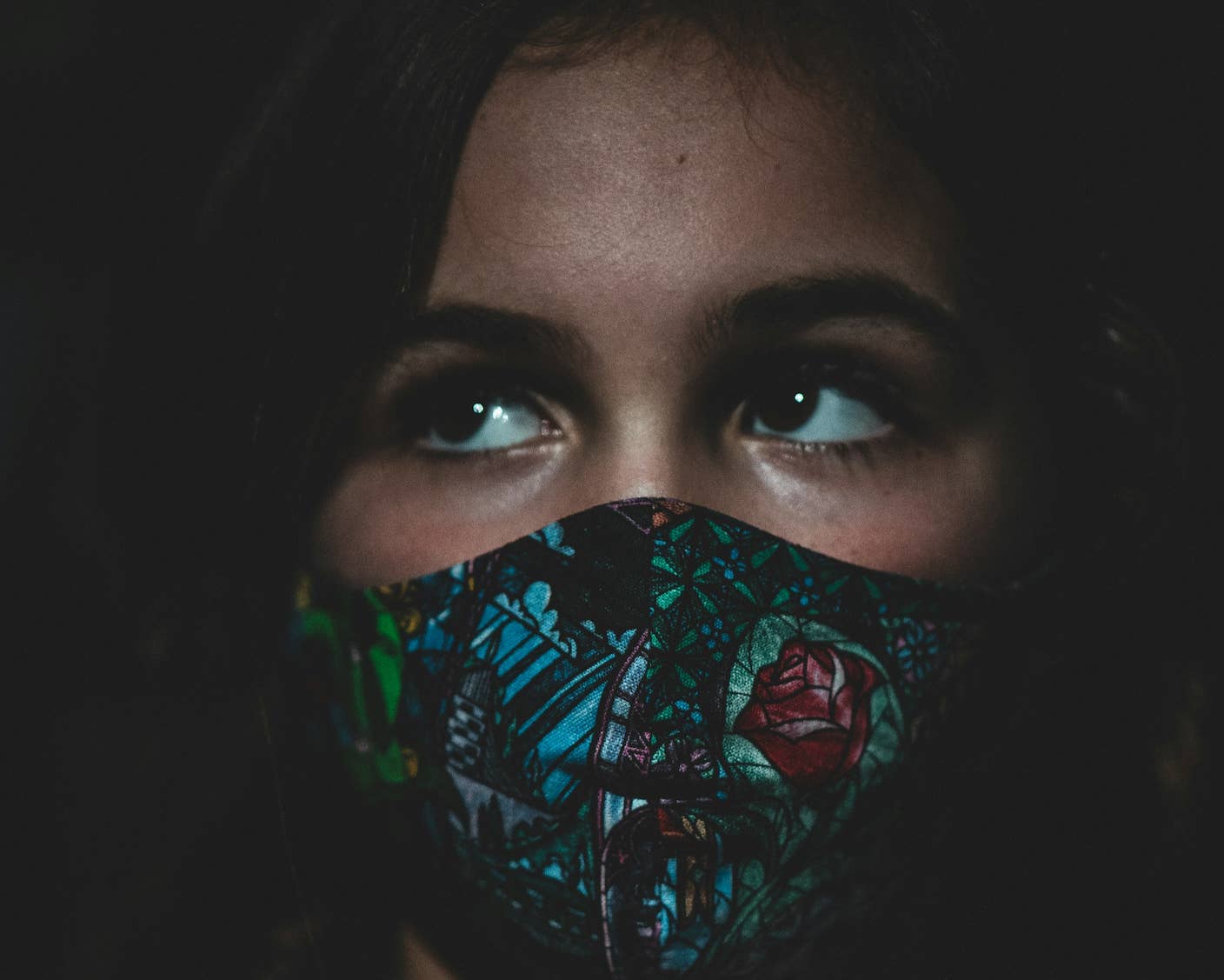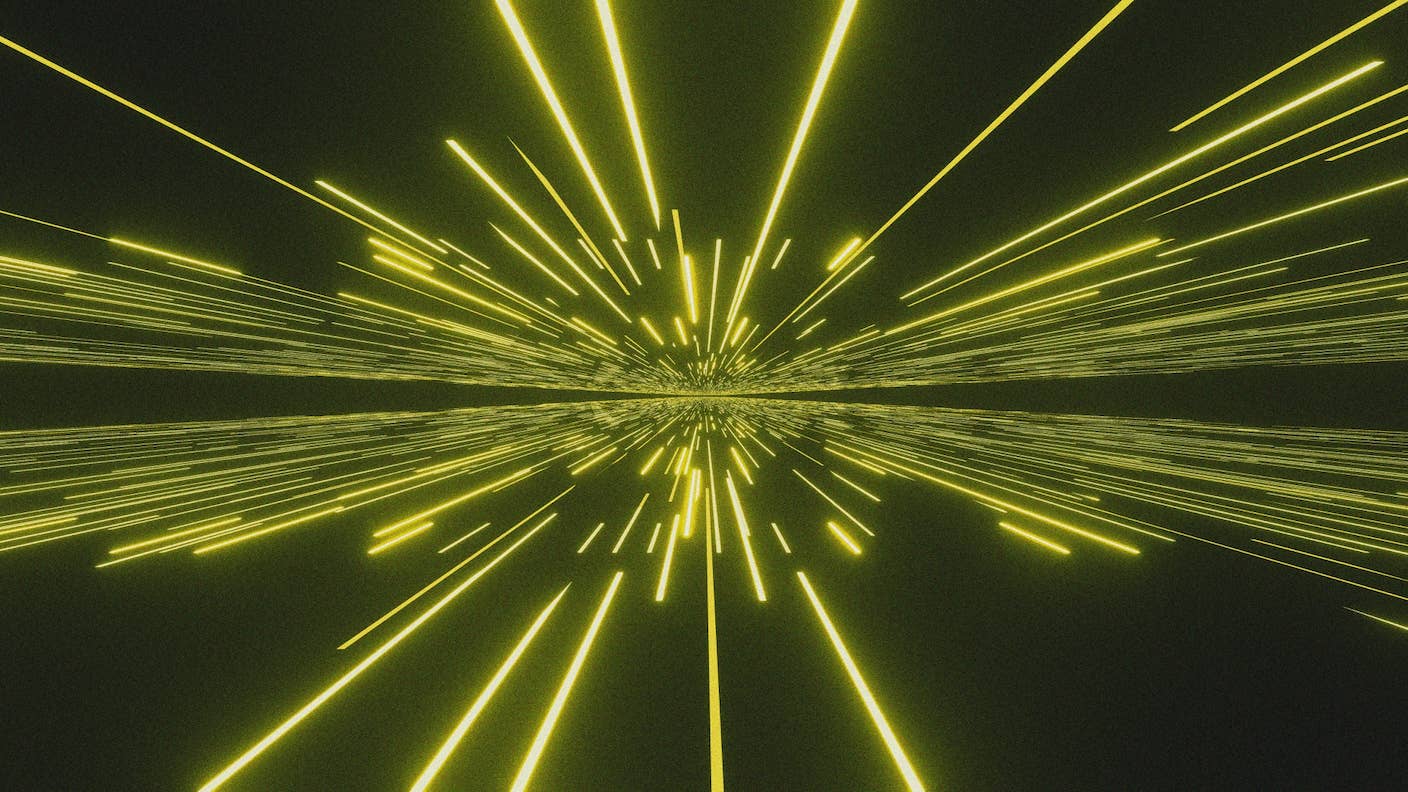Blockchain Will Be the Foundation of Trust in the Metaverse

Share
“Virtual worlds are going to be one of the first killer apps for blockchains and perhaps the deepest users of them.” – Fred Ehrsam, Co-Founder, Coinbase
Christian Lemmerz, a German-Danish sculptor who normally carves his subjects into marble, currently has his latest work on display in Venice, Italy. “La Apparizione,” a towering golden image of a crucified Jesus Christ, won’t be found sitting on a pedestal, however, because this is a work of virtual reality art.
That means viewers attending the exhibit are first made to stand in an empty room where they are placed inside a VR headset display. Only once the headset is on do they see the floating, pulsing Jesus hovering before them.
Lemmerz’s statue is also for sale, and with only five editions of the piece now released, each one costs around $100,000. That may be an expensive price tag for a piece of software, but not out of line for a high-end work of art.
In theory, this work could also be hacked, stolen, endlessly copied, and distributed online. Art forgery, a practice that dates back at least 2,000 years, presents a unique set of challenges for the industry when the art itself is made from lines of code. It’s likely that Lemmerz would not appreciate if forgeries of his work soon poured out from file-sharing sites like Pirate Bay.
Since the price of art depends on scarcity and authenticity to preserve it’s value, how might the value of a prized digital work be protected?
One promising solution is blockchain technology.
In fact, blockchain may become the way we verify the legitimacy of almost any virtual asset, including currencies, identity, and the authenticity and ownership of virtual property. Fred Ehrsam, co-founder of the popular cryptocurrency exchange Coinbase, has written that “virtual worlds are going to be one of the first killer apps for blockchains and perhaps the deepest users of them.”
In the case of verifying digital art like "La Apparizione,” using a blockchain is more straightforward. As I wrote in 2016, “blockchains are powerful for one reason: they solve the problem of proving that when someone sends you a digital “something” (like bitcoin, for example), they didn’t keep a copy for themselves, or send it to 20 other people.” Using a blockchain to buy and sell rare VR art is one way to validate that a particular work is indeed the original.
"Blockchains may be the best way to authenticate ownership of virtual property, or even establish and preserve someone’s identity."
Ehrsam is pointing at an even deeper insight about the use of blockchains in virtual reality. As more companies, including Second Life developer Linden Lab, work to build the large-scale virtual worlds often compared to concepts like the “metaverse” from Neal Stephenson’s Snowcrash or the OASIS in Ready Player One, blockchains may be the best way to authenticate ownership of virtual property, or even establish and preserve someone’s identity.
Philip Rosedale, the founder of Second Life and a new VR world called High Fidelity, posted an essay indicating his own enthusiasm for the way that blockchains may be useful in VR. High Fidelity is now launching a new cryptocurrency, called HFC, on a public blockchain that will be used, among other things, to verify the authenticity and ownership of virtual goods.
"If there was no concept of intellectual property in virtual worlds, there would be little motivation to create things, since your creations would immediately be re-used and re-distributed by others without agreement,” Rosedale tells Singularity Hub.
Rosedale says that content creators won’t be incentivized to create digital property if they cannot protect and profit from their work. And considering that buying and selling virtual property is already profitable for many virtual world users, it does seem like an aspect of virtual life many will want to protect.
In 2016 alone, the buying and selling of virtual goods and services between users in Second Life was $500 million—making its economy larger than the GDP of some small countries. Users exchange fashion accessories for their avatars and virtual furniture to decorate their online spaces, and artists like Lemmerz could reasonably seek out collectors and galleries willing to buy their work.
According to High Fidelity, the HFC blockchain will be used to ensure that virtual goods are the original by allowing creators to assign certificates to their work.
Be Part of the Future
Sign up to receive top stories about groundbreaking technologies and visionary thinkers from SingularityHub.


“Users will be able to register their creations on the blockchain so they can prove ownership of their designs. Next, when something is bought, a certificate will be issued on the blockchain proving that the new owner has a legitimate copy,” Rosedale says.
This system will serve a similar function as patents and trademarks in the real world. High Fidelity says they intend to create a process of review, similar to that conducted in many countries, to ensure that the registration of a digital certificate be granted to real original work that doesn’t infringe on earlier creations. Once assigned, the certificate cannot be canceled and will be insured on the HFC blockchain.
“Unverified goods could be dangerous, for example containing malicious scripts. Certified digital assets will be much more safe, just as with the App Store today,” Rosedale adds.
“If your assets are on a blockchain, no single operator of a world can take them from you. If your identity lives on the blockchain, you can’t be deleted,” Ehrsam writes.
Another major benefit blockchains offer, as Ehrsam points out, is that they prevent any single company or centralized intermediary from having the power to manipulate things. As depicted in Ready Player One, where a single oligarchic company owns and operates the servers that host the story’s virtual world, a single company hosting any virtual world could in theory exploit users in a variety of ways.
“If your assets are on a blockchain, no single operator of a world can take them from you. If your identity lives on the blockchain, you can’t be deleted,” Ehrsam writes.
Ehrsam’s key takeaway is insightful. He writes, “When you drill down, blockchains are really a shared version of reality everyone agrees on. So whether it’s a fully immersive VR experience, augmented reality, or even Bitcoin or Ethereum in the physical world as a shared ledger for our 'real world,' we’ll increasingly trust blockchains as our basis for reality.”
Since virtual reality is a public space constructed entirely of software, blockchains may prove useful and perhaps essential in providing a foundation for trust.
For more, High Fidelity also posted a followup post detailing the use of the HFC blockchain specifically for protecting intellectual property in virtual reality.
Image Credit: Tithi Luadthong / Shutterstock.com
Aaron Frank is a researcher, writer, and consultant who has spent over a decade in Silicon Valley, where he most recently served as principal faculty at Singularity University. Over the past ten years he has built, deployed, researched, and written about technologies relating to augmented and virtual reality and virtual environments. As a writer, his articles have appeared in Vice, Wired UK, Forbes, and VentureBeat. He routinely advises companies, startups, and government organizations with clients including Ernst & Young, Sony, Honeywell, and many others. He is based in San Francisco, California.
Related Articles

AI Can Now Design Proteins and DNA. Scientists Warn We Need Biosecurity Rules Before It’s Too Late.

Kids With Spinal Muscular Atrophy Show Dramatic Improvement With FDA-Approved Gene Therapy

These Were Our Favorite Tech Stories From Around the Web in 2025
What we’re reading
